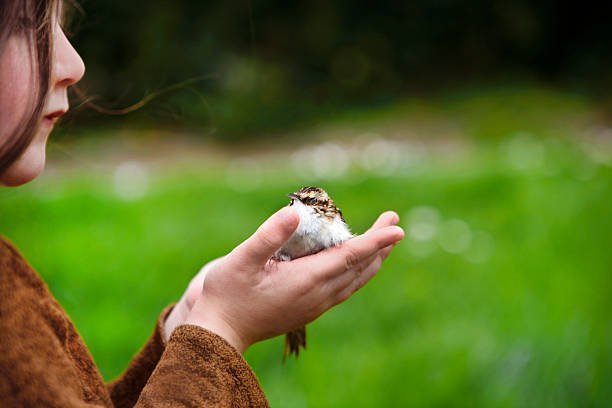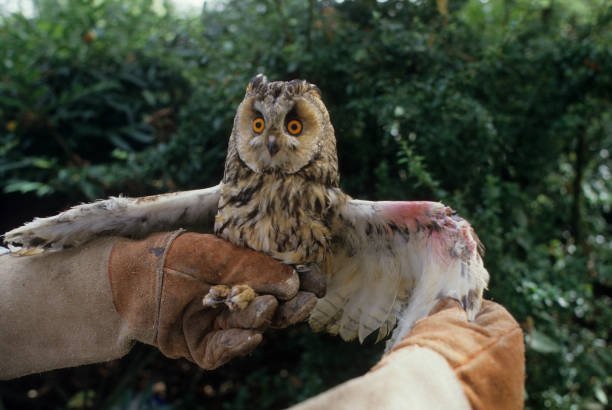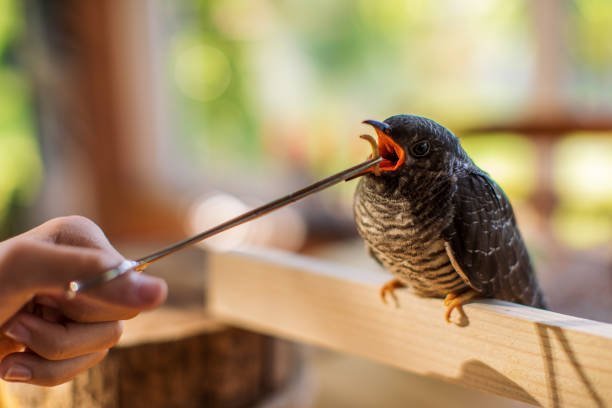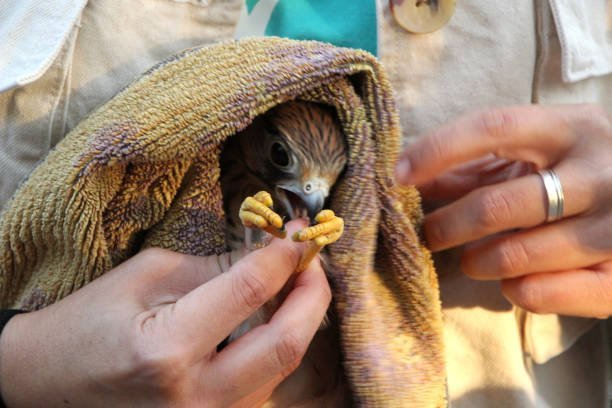What Are Common Injuries Birds Suffer and How to Treat Them?

Introduction:
In this article, we embark on an exploration of avian health, focusing on a topic often overlooked: the common injuries that birds may suffer and how to effectively treat them. Birds, with their delicate and intricate anatomies, are vulnerable to various injuries, whether in the wild or as cherished companions in our homes. Understanding these injuries and knowing how to provide prompt and appropriate care is crucial for the well-being of these feathered creatures.
In the pages that follow, we will delve into the types of injuries that birds are susceptible to, from broken wings and beak fractures to injuries caused by accidents or interactions with other animals. Equally important is the discussion of treatment strategies and first-aid measures that can make a significant difference in a bird’s chances of recovery. By shedding light on this vital aspect of avian care, we aim to empower bird enthusiasts, caregivers, and nature enthusiasts with the knowledge to offer compassionate and effective support to our feathered friends.
Common Injuries in Birds: An Overview
Birds, both in the wild and as pets, can experience a range of injuries that jeopardize their health and well-being. Common avian injuries include fractures, dislocations, wing injuries, beak problems, and soft tissue injuries. Wing fractures, in particular, are prevalent, often resulting from collisions with windows or other obstacles. Beak injuries can occur due to accidents or fights among birds. Additionally, leg and foot injuries may result from landing awkwardly or getting entangled in objects.
Understanding the types of injuries birds commonly suffer is essential for caregivers and bird enthusiasts. It allows for early recognition and appropriate response, increasing the chances of a successful recovery. Each injury type demands specific treatment and care, which we will explore in detail.
Avian First Aid: Immediate Actions for Injured Birds
Prompt first aid is critical when dealing with injured birds. Immediate actions can make a significant difference in their chances of survival and recovery. Key steps in avian first aid include assessing the bird’s condition and ensuring its safety. If it’s safe to do so, gently pick up the injured bird using a towel or cloth to minimize stress and further injury.
For wing injuries or fractures, immobilize the wing by gently wrapping it with a soft, padded material. Beak injuries may require immediate attention to control bleeding and minimize infection risk. Keep the bird in a quiet, warm, and dimly lit area to reduce stress. It’s vital to refrain from attempting to feed or give water to the injured bird, as improper feeding can exacerbate injuries or lead to aspiration.
Handling Injured Birds: Dos and Don’ts
Handling injured birds requires utmost care and sensitivity. Dos include approaching the bird calmly and slowly and avoiding sudden movements or loud noises that may cause additional stress. Gently capture the bird using a towel or cloth to prevent bites or scratches. It’s crucial to keep the bird as calm as possible during handling to minimize stress, which can be harmful to their recovery.
On the flip side, there are several don’ts when handling injured birds. Avoid touching or manipulating the injury site, as this can worsen the damage or cause pain. Never attempt to force-feed or administer medications without proper guidance from a veterinarian. Additionally, refrain from keeping the bird in a cold or drafty environment, as injured birds are often vulnerable to temperature fluctuations.
Properly handling injured birds is a delicate art, balancing the need for immediate care with the necessity of minimizing further harm. Following these dos and don’ts ensures that you provide the best possible assistance to injured avian creatures.
Treating Specific Avian Injuries:
When it comes to treating specific avian injuries, understanding the nuances of each type is essential for effective care. Wing injuries, including fractures and dislocations, often require immobilization. Caregivers can use padded splints or wraps to support the injured wing, allowing the birds time to heal. Beak injuries, such as cracks or fractures, demand prompt attention to control bleeding and prevent infection. Temporary feeding may be necessary for birds with beak injuries that hinder their ability to eat.
Limb injuries in birds typically involve the legs or feet. These can range from minor sprains to severe fractures. For minor injuries, providing a safe and comfortable environment is crucial to allow the bird to rest and recover naturally. In cases of severe limb injuries, professional veterinary intervention may be necessary to assess the extent of damage and determine if surgery or splinting is required.
Comfort During Recovery
During the recovery period, shelter and comfort are paramount to a bird’s healing process. Injured birds should be placed in a quiet, warm, and dimly lit environment to minimize stress. Stress can hinder recovery and exacerbate injuries. Adequate ventilation is crucial to ensure the bird receives fresh air without exposure to drafts.
Providing a comfortable and secure enclosure with appropriate perches and substrate is essential. Birds often appreciate the opportunity to rest on perches at various heights, as it allows them to adjust their position and reduce pressure on injured limbs. Soft, clean bedding material should be used to prevent further injuries or complications.
Regular monitoring of the bird’s condition is necessary during the recovery period. Ensure that the bird has access to clean water and suitable food if it can feed itself. However, refrain from force-feeding without professional guidance, as it can lead to aspiration or further injury.
Seeking Professional Help:
While initial first aid and home care are essential, some injuries require professional veterinary assessment and treatment. It’s crucial to recognize when to consult a veterinarian for avian injuries. Signs that warrant immediate professional help include severe bleeding, open fractures, difficulty breathing, and severe pain. Additionally, if the bird’s condition does not improve within a reasonable timeframe or if it worsens, professional guidance is necessary.
When seeking veterinary care, be prepared to provide detailed information about the bird’s injury, including the circumstances of the incident and any first aid or care that has been administered. Veterinarians may conduct diagnostic tests such as X-rays to assess the extent of injuries, especially in the case of fractures or internal injuries. Treatment options may include surgical procedures, splinting, or medication depending on the specific injury.
Conclusion:
I hope that this comprehensive exploration of common injuries in birds and how to treat them has provided valuable insights into avian care. Birds, both in the wild and as cherished companions, are susceptible to various injuries, and understanding their specific needs during recovery is paramount.
From treating specific avian injuries such as wing, beak, and limb injuries to providing shelter and comfort during their rehabilitation, caregivers and bird enthusiasts can play a crucial role in aiding the recovery of these remarkable creatures. Furthermore, recognizing when and how to consult a veterinarian ensures that injured birds receive professional care when necessary, increasing their chances of a successful recovery.
By combining knowledge of avian injuries with compassion and proper care, we can contribute to the well-being of these feathered beings and, in many cases, give them a second chance at a healthy and fulfilling life in the skies or as cherished companions in our homes.










Post Comment